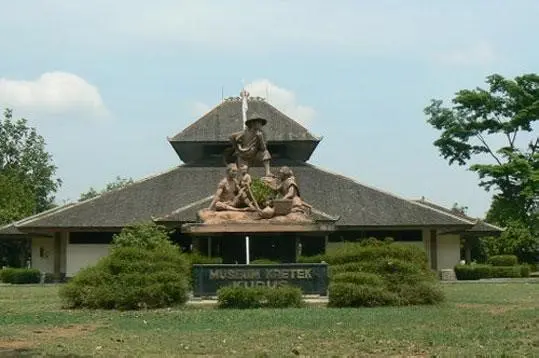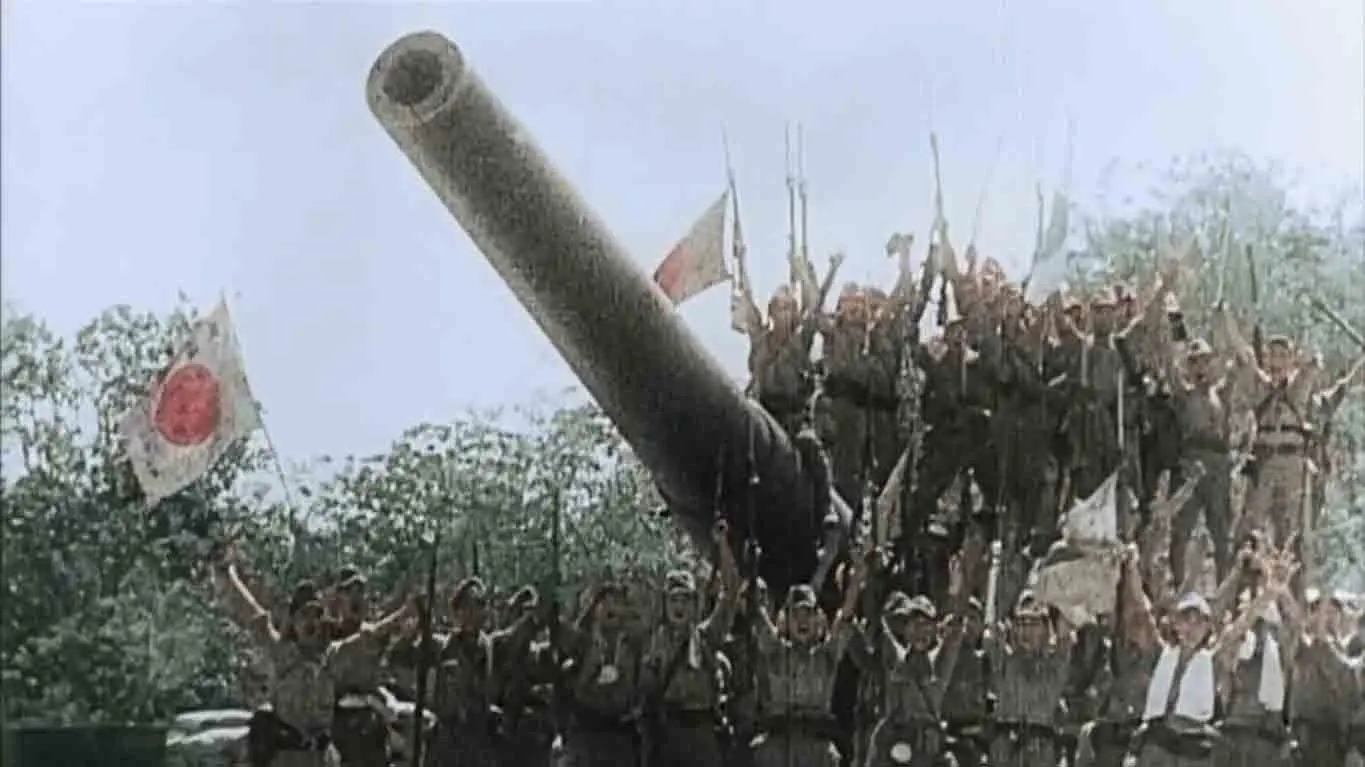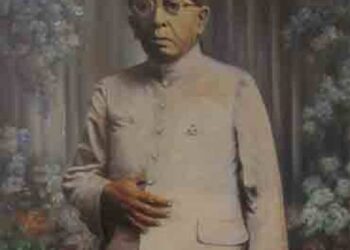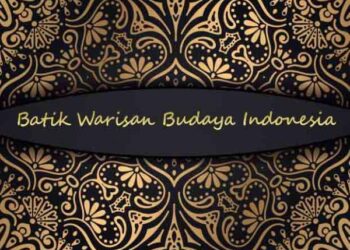Beginning of Manufacture Kretek Cigarettes on Historical Perception
Everything must have its history, no exception cigarettes. The success of existing giant cigarette companies, not to be obtained suddenly, but rather a long history and exhausting journey, must be passed. The long history and travel of Kretek cigarettes in Indonesia, can be read and witnessed in the Kretek Museum in the kudus. The town of kudus dubbed the city of Kretek because it is not separated from the historical factor, namely about the birth of cigarettes cigarettes made by the original kudus society.
Not everyone knows that Kretek cigarettes is created as a cure for respiratory diseases such as sore throat and asthma. According to a living story among the workers of the cigarette factory, a history of Kretek originated from the discovery of H. Djamari during the period around 1870-1880s. Initially, the indigenous inhabitants of kudus felt pain in the chest, then he applied Clove oil, and eventually the pain subsided. H. Djamari then experimented in smoothing clove and mixing it with tobacco to be rolled into cigarettes. At that time, cigarette rolled cigarettes have become habit of men. H. Djamari made modifications by mixing clove. After a routine of sucking his creations, H. Djamari felt his illness was lost (Hasyim, 22:2009). He told his findings to his close relatives. This news spread rapidly, so the demand for cigarette cigarettes is also flowing. H. Djamari serves many requests for clove cigarettes. Because when it is sucked, the burning cloves emit a sound of independence, then the cigarette findings H. Djamari is known as cigarettes cigarettes.
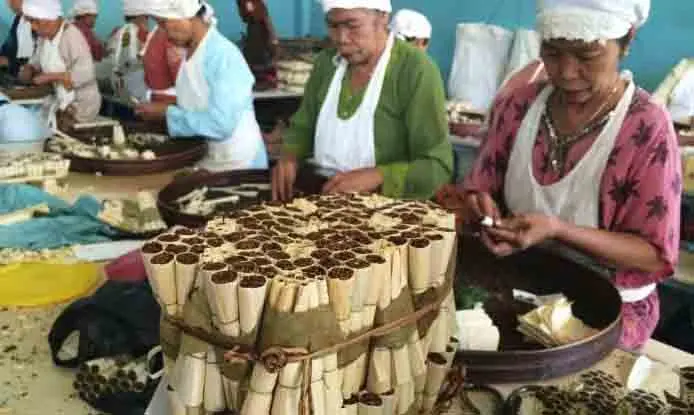
Cigarette business started by Nitisemito between the years 1903-1905, and in 1908 his efforts were officially registered under the Tjap Bal Tiga brand. In the beginning, Nitisemito tried to try the cigarettes small business Kretek cigarettes with a rolling street and sell it on its own. In each of his subscriptions, Nitisemito did not hesitate to ask for criticism and advice on the cigarettes he sold. This was done by Nitisemito when he started his cigarette business. The way Nitisemito does result in good results. In this way, Nitisemito cigarette is improved in quality and also adds to the subscription. The number of customers who buy Nitisemito cigarettes is also growing cigarette is business. Seeing the cigarette is effort is growing, it is given a label on the wrapper. For cigarette is selected brand or cap “Frog Mangangan Ulo, in Indonesian” Frog Eat Snake “(Nusyirwan, 1980:6). The brand or stamp has caused a lot of criticism from its customers. Nitisemito then replaced the stamp or brand with “ROUNDABOUT TIGA” and was incorporated the name of the business of M. Nitisemito. This new stamp provides many interpretations of the community such as the emergence of various names given by the community, namely Cap Bunder Tiga, Cap ball Three, Cap Bal Tiga, and Cap Tiga Roda. The most notable interpretation of the name is Cap Bal Tiga Nitisemito (Alex, 1980:21). It can be said that Nitisemito step is a milestone in the growth of kretek cigarette industry in Indonesia.
At the start of the entire cigarette company in kudus was in the hands of indigenous people. However, after these entrepreneurs managed to achieve so much progress in a relatively short time, Chinese entrepreneurs followed their tracks. Between the two parties then appeared fierce competition. In 1918 this rivalry reached its peak, becoming one of the most important factors for the outbreak of a great riot that exploded in the kudus on 31 October 1918. On that occasion many influential indigenous entrepreneurs, were presented to the court and sentenced. Consequently, the indigenous industries of Kretek cigarettes experienced setbacks, otherwise Chinese entrepreneurs succeeded in strengthening their position in the Kretek cigarettes industry (Amen,1987:107). The incident was an important historical record, describing how racial sentiment had already lived long in the country, even showing its form in some anti-Chinese racial unrest, racial unrest like fire in the chaff. Triggered a trivial problem that the riots could erupt, generally arise mainly because of trade sentiment, the Chinese are seen as a barrier to indigenous economic effort.
This riot began from the establishment of Sarekat Dagang Islam (SDI) initiated Tirto Adhi Soerjo was originally not intended to fight Chinese merchants who considered a major competitor of Islamic merchants (Pramoedya, 1985:120). SDI then transformed into Sarekat Islam (SI) and grew rapidly until its members reached half a million people. In the development SI became the most militant organization at that time in fighting against the Dutch colonizers. To divert the conflict, the Dutch colonial government conducted a political battle against sheep and attempted to expand the interests of Islamic merchants pioneered by Arab merchants with Chinese merchants who became their main rivals. Rivalry between batik merchants and Arab Kretek cigarettes with Chinese merchants deliberately dihembus-hembuskan the Dutch colonial government with its advisors from the General Bureau of Bumiputera. There were a number of minor clashes between the two merchant groups reaching its peak on Thursday night October 31, 1918 in the town of kudus famous for Peroesoehan events in Koedoes. On that night, all the houses and shops belonging to the Chinese in the town of kudus were plundered and burned by thousands of masses of Islamic Sarekat coming from Mayong, Jepara, Pati, Demak and the surrounding area. The death toll was 16 people consisting of Chinese people and the mob. The injured victims reached hundreds of rioted people who were attacked by police. There are 3 bodies of Chinese people who overlap in the bathroom, there are corpses that have become charcoal and buried the debris of the house that is burned down. There were 40 houses/shops depleted and burned and a ruined temple. In addition, a number of cigarette factories and batik were exhausted and damaged.
The riots began with fights between a number of Chinese youths who were performing procession of Toapekong procession of Gotong with a number of SI youths. This procession was held in an attempt to ward off an outbreak of influenza disease that attacked the city of kudus and had asked for casualties, because the outbreak of the disease was denied asking for more victims, the Chinese community in the kudus who still believe in the superstitious habit then held a ceremony of Gotong Toapekong to stop the plague. However, there is a group of pilgrims who become entrepreneurs of Kretek cigarette factory that has been feeling harmed, because it loses competition with Chinese entrepreneurs. They used this opportunity to incite administrators and local members of the SI by committing a number of provocations. During the procession, the group then disrupted and ridiculed the ceremony participants. It turned out that the Chinese youths were hooked and the fights were then successfully hit, but on the next night there was a riot.
The Chinese people of kudus were annoyed that the Dutch security party did not immediately stop the riots and after falling many new victims asked for police assistance from Semarang. Hundreds of mobs were arrested, but only 69 people were presented to the court. On 25 February 1919 read the verdict of judges who sentenced the hardest 15 years and the most severe 9 months, some people are declared free because it proved innocent. The riot event in the kudus which was the culmination of various minor riots that began in Surabaya and Solo in 1912, was the beginning of a series of Chinese anti-racial riots that lasted during the 20th century.
Since the fierce riots in 1918, the relationship between the Chinese and the indigenous peoples in the kudus is better, the organization of the factory entrepreneurs includes both races. Disputes among large producers with small producers stood out more than the disputes between the two sukubangsa. However, the inner harmony is still hidden in the deep hatred of Islamic entrepreneurs or indigenous people.
In the years 1932 and 1933 there was a prolonged crisis, it is nothing but as a result of various circumstances arising from the era of “malaise”. In 1932 the Dutch government decided on a tobacco tax poll, so various entrepreneurs of cigarette mills in kudus decided on a temporary idle time. They wanted to have a look at the situation before they acted far, in addition to them, there are still many other parties who are also experiencing the depreciation of revenues from their trades or jobs, due to the influence of malaise. Therefore, they also tried to find a way out, in order to gain additional opinions, by choosing to set up a small cigarette factory. So during the prolonged malaise crisis, many small kretek cigarette mills have sprung up.
The Government of Dutch East Indies was very concerned with the Kretek cigarette industry. The industry, unless it absorbs so much labor, also provides a lot of income for the government itself, which is obtained from a wide range of taxes. An example is wisdom in the completion of the Nitisemito case, in which the Government gives the parties the opportunity to nod their tax debts and re-open the plant, which is one of the Dutch protection measures.
The life of cigarette companies during the Japanese occupation period decreased. Many Kretek cigarette companies are forced to close their factories or companies. This is because tobacco is very difficult to come by, because the government of Japanese troops in Java restrict the planting of tobacco. Many of the land that originally became green full of tobacco crops, had turned into a distance garden. Crop the time range is much cultivated, as it is necessary to make oil lubricating materials of various machines, including aircraft engines. In addition to tobacco, clove plants are also very difficult to obtain. This is because the import of cloves from Zanzibar is discontinued, so entrepreneurs are forced to replace them with clove leaf stalks. Some of the cigarette entrepreneurs in kudus try to replace this clove by wearing the king of guava Leaf. While some entrepreneurs have yet to produce without cloves or other mixed materials. Because of the difficulties of obtaining raw materials, many entrepreneurs have closed their cigarette company. Some have suffered havoc, because their cigarette companies were deprived of Japan, for example the famous cigarette businessman Nitisemito.
Done and hope you guys like it. Thank you for reading my article. I will continue this writing in the second part about the relics of the Museum of Kretek Cigarettes Kudus.






